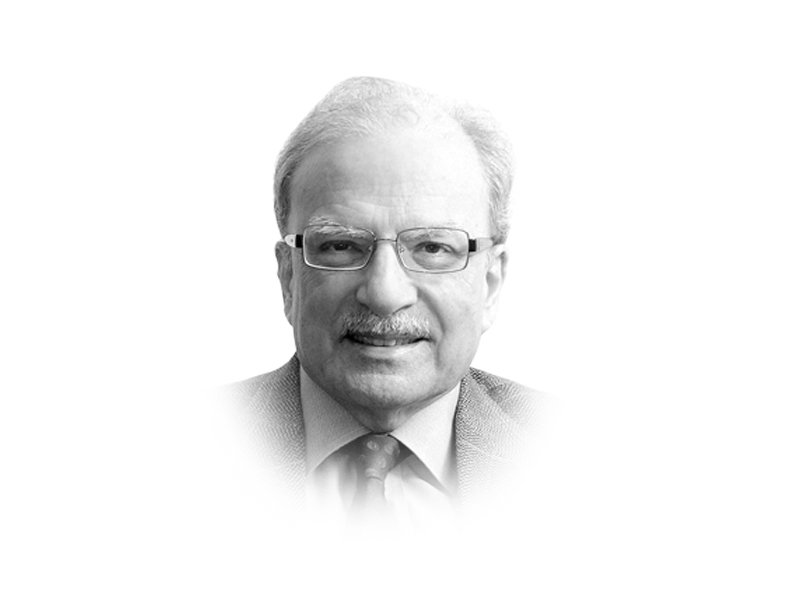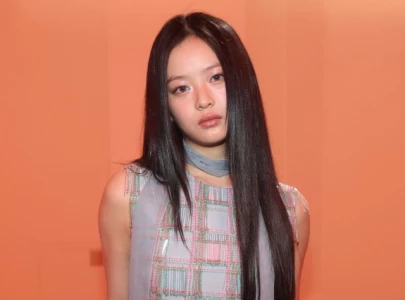
Beijing and Tokyo have come a long way since 2012 when, according to one account, “angry demonstrators filled the streets in dozens of Chinese cities to protest Japan’s claim to islands in the East China Sea.” The mostly uninhabited small islands disputed by China and Japan go by different names — Senkaku in Japan and Diaoyu in China. Two years later Japanese Prime Minister Shinzo Abe met with President Xi Jinping on the sidelines of an international gathering. The two unsmiling leaders shook hands for the cameras with reluctance. All that changed in 2018.
Among the things that changed was the formal end to the economic assistance programme the Japanese launched after the end of the Second World War. Tokyo never suggested that aid to China was any kind of war reparations. There was political sensitivity about formal war apologies, so the aid was seen and advertised as assistance to a developing nation. But in 2010 China overtook Japan as the world’s second-largest economy and providing economic aid made no sense. In the 40 years over which the aid programme lasted, Japan provided China 4.65 trillion yen to support infrastructure and humanitarian projects and environmental protection. “China hasn’t been telling much about the Japanese aid to its people but it was considered to have had a positive impact over the years,” said Yu Tiejun of the Institute of International and Strategic Studies at Peking University.
On October 26 Shinzo Abe visited Beijing and was given full red-carpet treatment by his hosts, including a formal dinner at the opulent Great Hall of the People. As one American observer, Anna Fifield of The Washington Post, wrote, “this was accompanied by the somewhat startling sight of Japanese and Chinese flags flying together along the wide central boulevard between Tiananmen Square and the Forbidden City, fluttering in front of the huge portrait of Mao Zedong.” Abe’s visit marked the 40th anniversary of the Sino-Japanese friendship treaty and was different from the tone and content of the previous encounter between Abe and Xi Jinping, the Chinese president. That was in 2014.
The warmth this time around was fully reflected in the formal statements by the two leaders. “From competition to coexistence, Japanese and Chinese bilateral relations have entered a new phase,” Prime Minister Abe told reporters in Beijing after meeting with China’s top leaders. “We are neighbours; we are partners who will cooperate with each other, rather than be a threat to each other. With President Xi Jinping, I would like to carve out a new era for China and Japan.” Xi was equally positive. “Sound and stable development of China-Japan relations would fundamentally benefit the people of both nations, and that is something that the regional and the international community want,” he said.
The motivation for reaching out to Japan on China’s part had to do a lot with the hostile attitude adopted by Donald Trump towards Beijing. Washington had imposed tariffs on all Chinese imports into the United States’ markets. This had begun to hurt the Chinese economy. In response, China was shoring up with other big markets. It is Japan’s largest trading partner. For Japan the factor that China’s middle class was estimated at about 250 million people, double the entire Japanese population, represented an attractive opportunity for its country’s consumer goods companies. Toyota Motor Company announced that it planned to build two car-building plants in China.
The Abe visit produced a number of concrete results. The Japanese prime minister was accompanied by 500 business representatives. They signed deals worth $18 billion during the visit. The two central banks also signed a three-year credit swap agreement that would allow them to exchange $30 billion worth of each other’s currencies, thus reducing the role of the American dollar in the trade between them. They pledged to work together on joint developments in Southeast Asia and to promote a Chinese-led regional trade deal called the Regional Comprehensive Economic Partnership. It was Trump who was making Tokyo think of other arrangements for protecting its interests. “The Trump administration’s economic nationalism and trade protectionism are leading drivers to improved ties between Beijing and Tokyo,” said Zhu Fang, an Asia expert at Nanjing University. “Trump clearly increases Japan’s skepticism toward America’s role and credibility in the region.”
However, in spite of the cordiality displayed this time, differences remain between the two nations. China would like Japan to partner with it in investing in developing Asian infrastructure. But Tokyo is wary of the Belt and Road Initiative. It could consider a partnership if international standards of transparency and fiscal sustainability mandated by the watchdog Organisation for Economic Cooperation were applied. Japan is an OECD member. Strategically, Japan is also positioning itself in Asia as a counterforce to China. It participated in war games in East Asia and for the first time a Japanese submarine visited Vietnam. Prime Minister Abe promoted the idea of ‘the quad’, an alliance with Australia, India and the United States. This arrangement has the support of the United States which changed the name of its Pacific Command to the Indo-Pacific Command. Perhaps as a signal to China, Prime Minister Abe will play host to India’s Narendra Modi, after his return from Beijing.
Published in The Express Tribune, November 5th, 2018.
Like Opinion & Editorial on Facebook, follow @ETOpEd on Twitter to receive all updates on all our daily pieces.

1731329418-0/BeFunky-collage-(39)1731329418-0-165x106.webp)












COMMENTS
Comments are moderated and generally will be posted if they are on-topic and not abusive.
For more information, please see our Comments FAQ